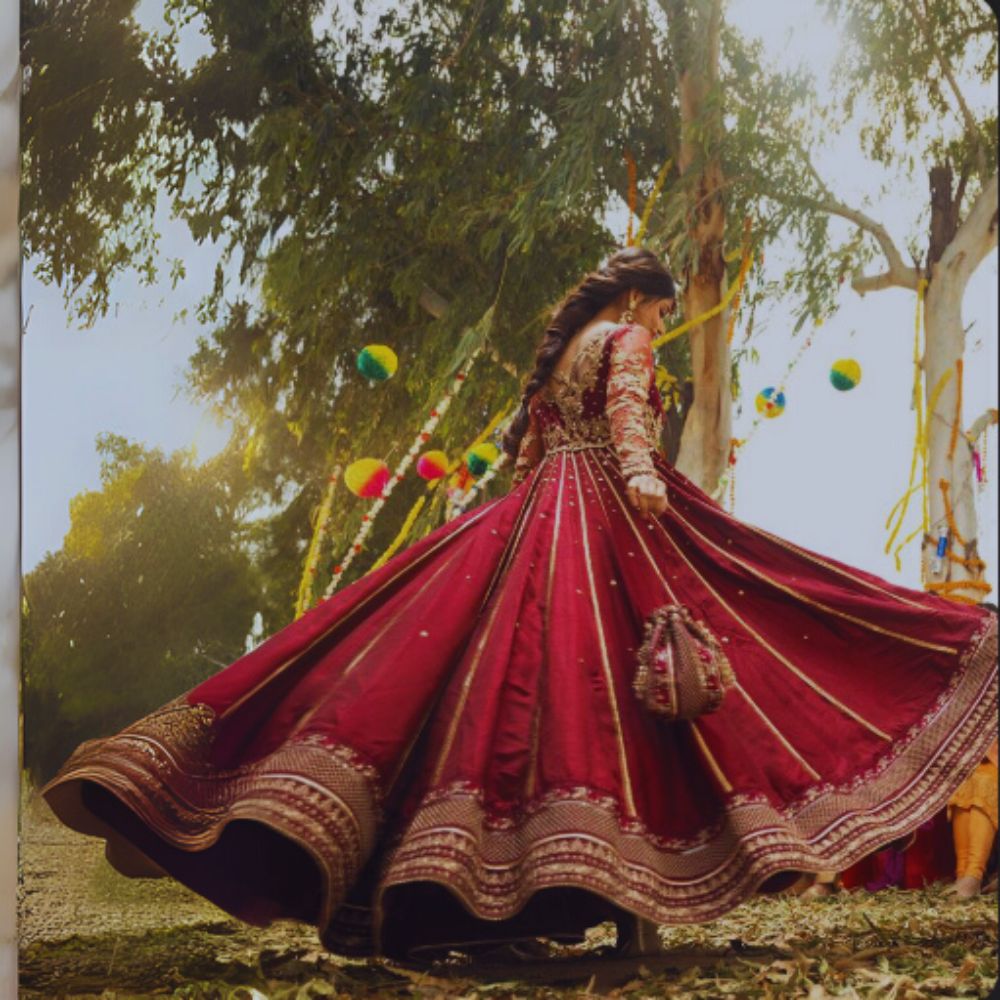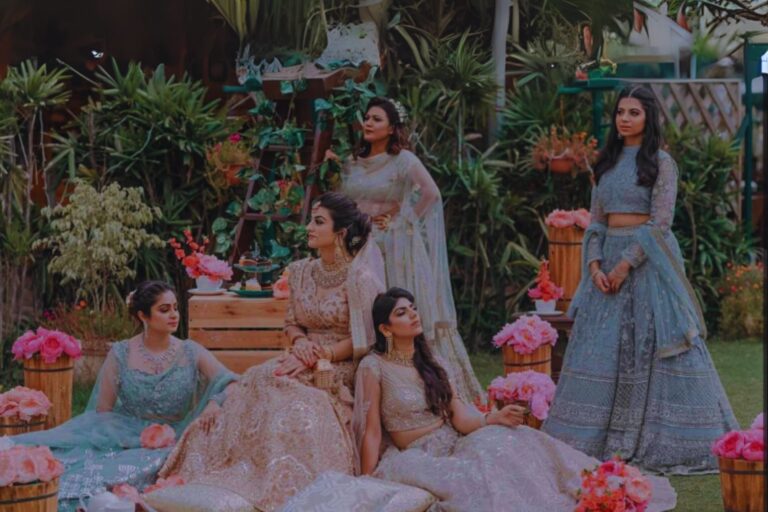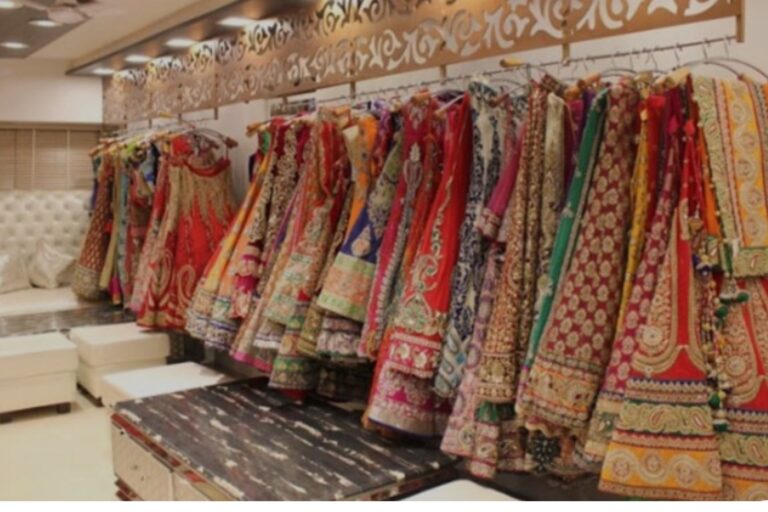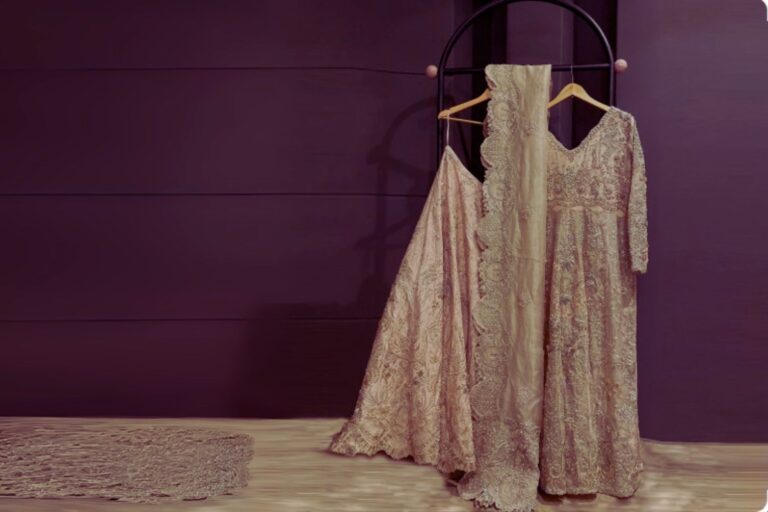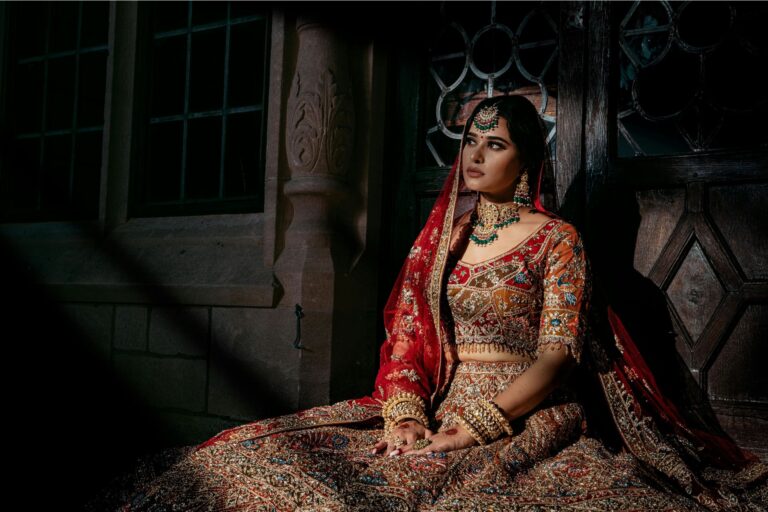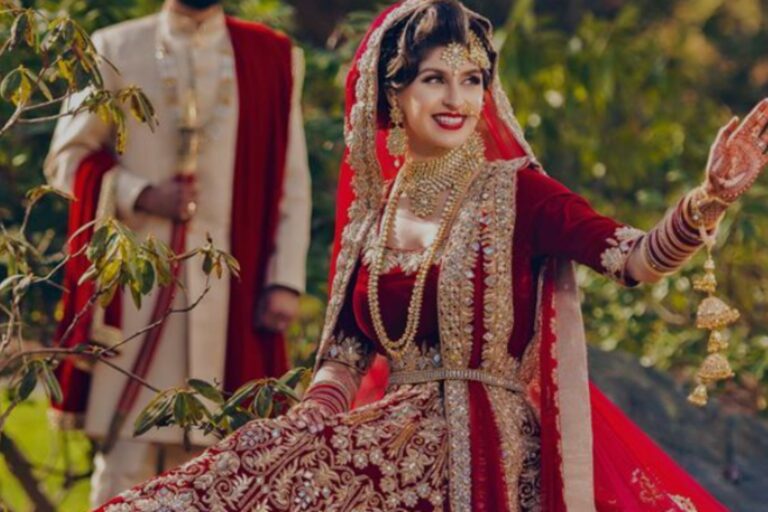Fall Back in Love with the Pishwas: The Twirling Classic of Pakistani Fashion
Some styles just don’t go out of fashion. They take a break. Then come back stronger.
The Pishwas is one of them.
This classic dress has deep roots in South Asian culture. From Mughal courts to mehndi dance floors, it has always had a presence. In 2025, it’s not just back—it’s booming. Designers are reinventing it. Shoppers are loving it. And weddings? They’re full of it.
So if you’re wondering what makes the Pishwas such a favorite, let’s walk through it. You’ll learn about the styles, the price tags, plus how to pick one that fits you.
So, What Exactly Is a Pishwas?
Think of it as the desi version of a gown.
A Pishwas is a long, flared frock. It’s fitted from the top and flows from the waist down—kind of like a twirl-ready umbrella. The sleeves are usually full, the neckline modest, and the dupatta adds a royal finish.
It can be stitched in panels (kalis), or as one big flare. Some come with floor-length hems, while others sit right at the ankles. But no matter how you wear it—it feels graceful.
It’s the kind of dress you want to spin in. I wore one to my cousin’s wedding, and the photos? They were all mid-twirl.
From Casual to Couture – Pishwas Varieties
One of the best things about the Pishwas is how versatile it is.
You can wear it for a dholki, a formal dinner, a nikkah ceremony—or even just a dressed-up day out. Let’s break down some of the main types you’ll see in 2025:
1. Chiffon & Net Pishwas
These are flowy, dreamy, and great for weddings. Think soft pastels, light embroidery, and a sheer dupatta with scalloped edges.
Price range: PKR 12,000 – PKR 30,000 (for pret or semi-formals)
2. Formal Embroidered Pishwas
Loaded with handwork, tilla, gota, and sequins—this version is bridal or party wear. These pieces often come in deep jewel tones or elegant pastels.
Price range: PKR 35,000 – PKR 150,000+ (for designer formals)
3. Cotton or Lawn Pishwas
Light, breezy, and perfect for everyday glam. These are simpler, with block prints, minimal embroidery, or lace details.
Price range: PKR 4,000 – PKR 9,000 (for summer or casual wear)
4. Velvet Pishwas
Perfect for winter weddings. These pieces look rich and luxurious. Usually paired with jamawar pants or embellished shawls.
Price range: PKR 20,000 – PKR 85,000
5. Bridal Pishwas
These are heavily embellished, custom stitched, and often layered with a can-can for extra volume. Designed for rukhsatis, barats, or receptions.
Price range: PKR 120,000 – PKR 600,000+
So whether you’re on a tight budget or going all out—there’s a Pishwas for every pocket.
Trending Pishwas Looks in 2025
Designers are playing around with the Pishwas more than ever.
You’ll see cape-style sleeves, high necks, long trains, or even matching belts. Some are adding fringe borders. Others are going minimal—just focusing on silhouette and fabric flow.
Color trends? Lots of sage green, dusty rose, deep maroon, ivory, and teal. Dupattas are getting softer, often in contrast shades with light work. It creates a layered, floaty look.
And yes, can-can is still in. Because volume = drama.
My sister paired a gold pishwas with a hot pink dupatta at a daytime nikkah. The contrast made it pop.
Top Designers to Watch
Some brands just know how to nail the Pishwas look. Here are a few favorites:
- Zainab Chottani – Great for luxury pret and bridal pishwas. Pricey, but the work is intricate.
- Mohsin Naveed Ranjha – Known for old-world charm with modern stitching. Beautiful color choices.
- Faiza Saqlain – Delicate hand embroidery, long flares, soft color palettes. Ideal for wedding wear.
- Suffuse by Sana Yasir – Subtle detailing, flowy fabrics, and soft bridal wear.
- Sania Maskatiya – Clean lines, cotton nets, and classy formal wear.
- Anaya by Kiran Chaudhry – Affordable options with designer flair.
- Azure & Qalamkar – Lawn and chiffon pishwas sets for daily or semi-formal events.
You’ll also find great pret pieces on LAAM, Ego, Mushq, and Cross Stitch.
Online stores make it easy. Just filter by style or fabric—and explore.
How to Style a Pishwas (Without Overthinking)
Pishwas dresses are already statement-makers. But here are a few tips to level up:
- Jewelry: Stick to jhumkas or a choker. Let the neckline guide you.
- Shoes: Go for khussas, heels, or even flats with beadwork. Comfort matters.
- Hair: Soft curls or a center-parted bun work best. Add flowers for a festive touch.
- Dupatta: Drape it over one shoulder, or across both arms for a royal look.
- Makeup: Dewy skin, kohl eyes, and a soft lip. Match it to the mood of the dress.
Less is more—unless you’re the bride. Then go wild.
Why the Pishwas Still Wins
There’s something about the Pishwas that always feels “put together.” You don’t need to mix and match. It’s one piece (plus dupatta) and done.
You get grace. Movement. Tradition. And just enough flair.
Even in group photos, the fall of the fabric makes you look taller. More polished.
I once wore a blush pink cotton pishwas to a friend’s dholki—and a stranger stopped me to ask where I got it. That’s the kind of outfit energy we all want.
Final Thoughts
The Pishwas isn’t just a dress. It’s a feeling.
It’s your twirl on the dance floor. Your slow walk into a wedding hall. Your outfit in a candid photo that just works.
Whether you’re keeping it light or going full bridal, the Pishwas lets you feel like yourself—just a bit more dressed up.
So if you’re updating your wardrobe in 2025, give it a shot. Try one in a pastel chiffon. Or pick a bold maroon velvet. See how it moves with you. Feels like you.
Because in a world full of trends, some styles stick around for a reason.
The Pishwas? It’s not going anywhere.

